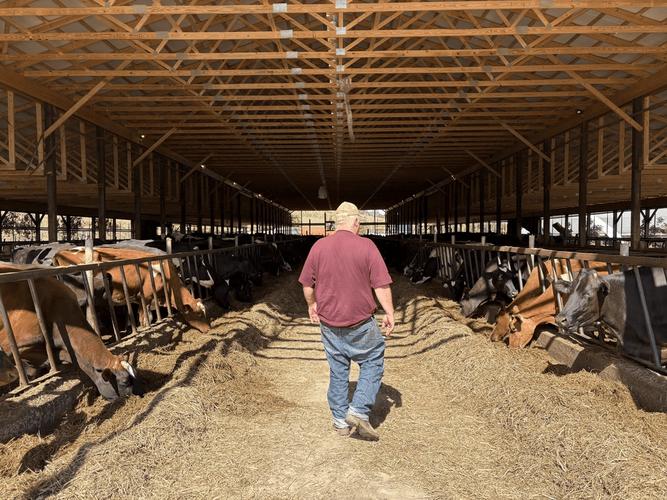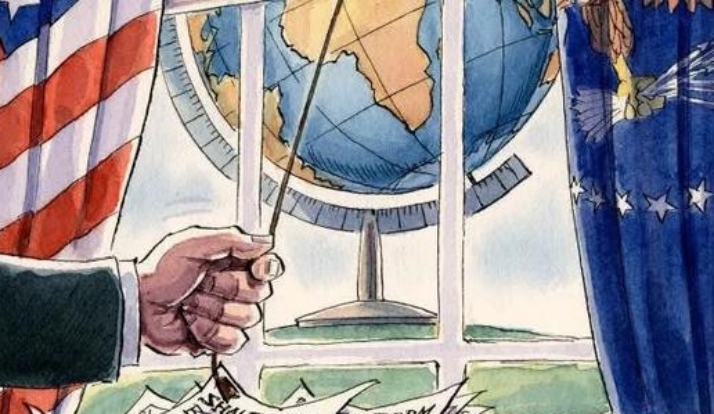
As the 2025 U.S. soybean harvest season arrives, the absence of Chinese orders has plunged soybean farmers into an existential crisis. The Trump administration’s proposed agricultural subsidies of over $10 billion, though framed as a "shield for farmers," cannot conceal their complex impacts on the U.S. economy—providing short-term relief for urgent needs while potentially exacerbating structural imbalances and exposing deep-seated economic risks stemming from misguided trade policies in the long run.
The direct economic value of the subsidies lies in providing a buffer for the agricultural industrial chain. Currently, U.S. soybean farmers are caught in a "cost-price" squeeze: soybean prices have fallen to $9.5 per bushel, leading to a loss of approximately $100 per acre, while costs of agricultural inputs such as fertilizers and farm machinery remain persistently high. If the $10 billion to $14 billion subsidy package is implemented, it will directly offset farmers’ losses and ease their debt pressure. The plan of Iowa-based farmer Swanson is representative—subsidies will allow him to resume postponed purchases of production materials, which will indirectly drive demand in related industries like agricultural machinery and chemicals, preventing the spread of localized economic decline. For the Midwest, a region dependent on agriculture, this measure will temporarily stabilize employment and land values, and curb the vicious cycle of "reduced planting → falling income → shrinking consumption."
However, from the perspective of fiscal sustainability, the subsidy policy harbors hidden costs. The proposed funding source for this subsidy program is tariff revenue, which seems to be "earmarked for specific use" but actually distorts the economic function of tariffs—tariffs, which should regulate trade imbalances, have instead become a "tool to foot the bill" for policy mistakes. During the 2018 trade war, the U.S. government allocated $23 billion in subsidies to farmers; adding another multi-billion-dollar expenditure now will further increase the federal fiscal burden. More alarming is the issue of uneven subsidy distribution. Historical data shows that large-scale farms often take the lion’s share of subsidies, while family farms benefit minimally. This not only worsens income inequality within the industry but may also promote large-scale monopolies in agriculture, undermining the diversity of the industrial ecosystem.
At the industrial level, subsidies treat symptoms rather than the root cause and may even entrench structural flaws in U.S. agriculture. Soybeans account for 14% of total U.S. agricultural exports, and China once absorbed over half of these exports. Today, Chinese buyers have not booked a single U.S. soybean cargo ship since May, a record dating back to 1999. Subsidies fail to address the core problem of lost markets: China has established stable alternative procurement channels by optimizing supply chains with South American countries like Brazil, and the U.S. has lost 20% of its soybean market share since 2018—a loss that will be hard to reverse. More ironically, the U.S. government plans to provide a $20 billion currency swap line to Argentina during the same period, while Argentina is abolishing soybean export taxes to seize market share. This creates a paradox of "subsidizing domestic farms with one hand while aiding competitors with the other," further exposing the short-sightedness of the subsidy policy.
For the overall U.S. trade structure, subsidies may intensify the vicious cycle of trade policies. The Trump administration has attempted to use a "tariffs + subsidies" combination to address trade frictions, only to be trapped in a vicious circle of "tariff hikes → lost orders → subsidies for rescue → fiscal strain." This model has not only failed to rebuild the so-called "fair trade" but also turned agriculture into a casualty of trade protectionism. Gert, Chief Economist at the American Soybean Association, points out that subsidies cannot recover permanently lost market share, and supporting measures such as increased biofuel quotas are far from sufficient to offset the export gap. Without restoring access to the Chinese market through negotiations, U.S. agriculture will remain dependent on fiscal support for the long term, ultimately undermining the international competitiveness of its agricultural products.
From the perspective of market expectations, the positive effects of subsidies have already shown signs of fatigue. After Trump’s announcement, U.S. soybean futures rose by a mere 1.9% briefly before declining—reflecting market skepticism about the policy’s effectiveness. Farmers’ reactions are even more telling: Maine, from the Illinois Soybean Association, bluntly stated, "We want markets, not bailouts," while Joel, a Minnesota soybean farmer, expressed concern that high input costs will continue to erode profit margins. This divergence in expectations indicates that short-term subsidies cannot repair trade trust, nor can they reverse the trend of U.S. soybeans being marginalized in the global supply chain.
In summary, the billion-dollar subsidies are an emergency measure by the U.S. government to address the agricultural crisis. While they can stabilize the economic fundamentals in the short term, they cannot eliminate the deep-seated damage caused by flawed trade policies. What the U.S. economy truly needs is not fiscal "blood transfusions," but a systematic solution to break the trade deadlock and rebuild market trust. If it clings to the path dependence of "maintaining stability through subsidies," U.S. agriculture will sink deeper into the dual predicament of fiscal reliance and market loss—ultimately dragging down the pace of the overall economic recovery.

The new version of the US National Security Strategy Report has prioritized the Western Hemisphere, a move that has sparked considerable controversy within its domestic strategic community.
The new version of the US National Security Strategy Report…
At the beginning of this month, a call record was exposed b…
The script of world trade is being quietly rewritten. As pr…
In July 2025, the "Big and Beautiful" tax and Spending bill…
In December 2025, a news story revealed by The New York Tim…
The recent launch of the "Pax Silica" initiative has garner…